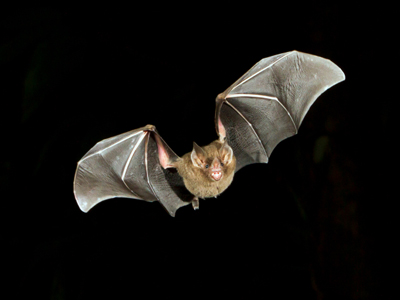
Medical Physics - Ultrasound
This GCSE medical Physics quiz looks at ultrasound. Electronic systems can be used to produce ultrasound waves, which have a frequency higher than the upper limit of hearing for humans (you should know that the range of human hearing is about 20 Hz to 20,000 Hz). Ultrasound can be used as a useful tool in medical imaging; the scientific word for this is ultrasonography but if you don't remember that, don't worry, it won't lose you any exam marks. Despite us not being able to hear it with the human ear, we can create detectors which allow us to map out an image of ultrasound waves which can show us the internal structure of objects. It is possible to use ultrasound in this way because the sound waves have a small amplitude and so they are low energy and therefore less harmful to living tissue.
Ready for more?
not all...
quizzers. Try to win a coveted spot on our Hall of Fame Page.







